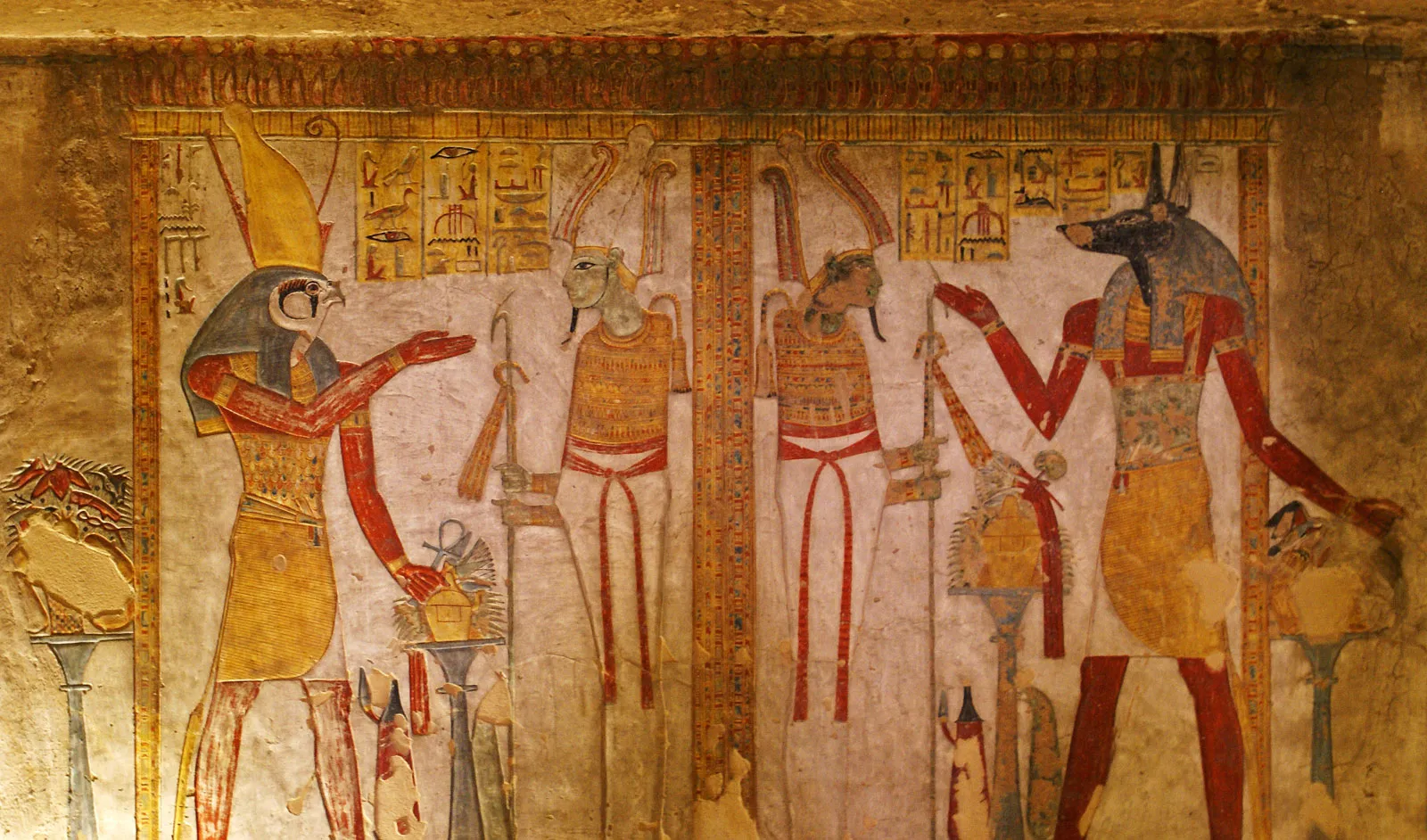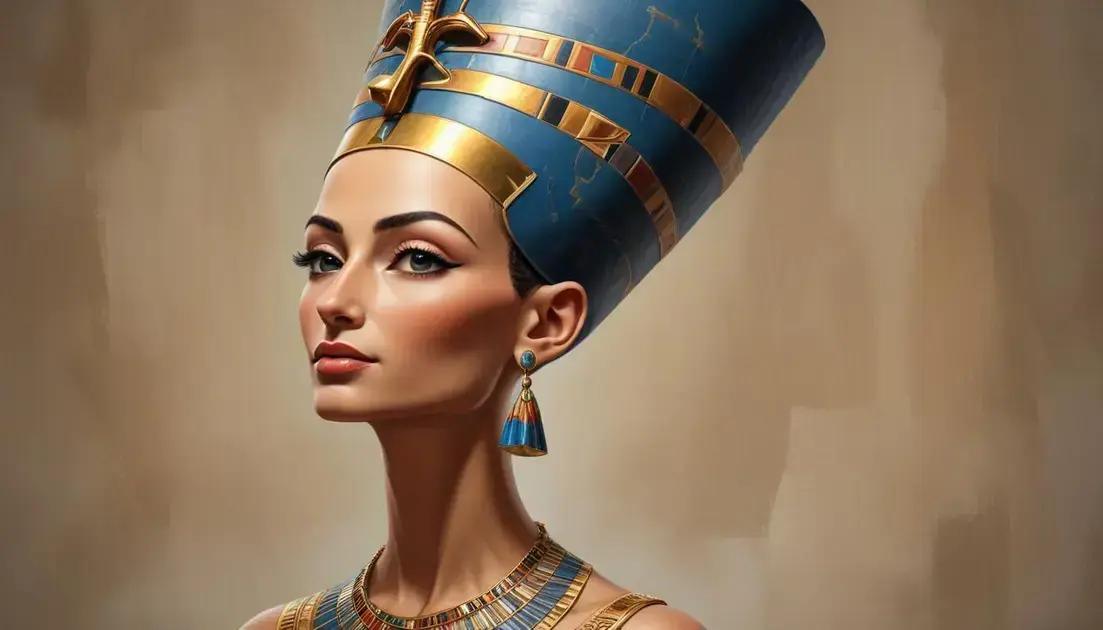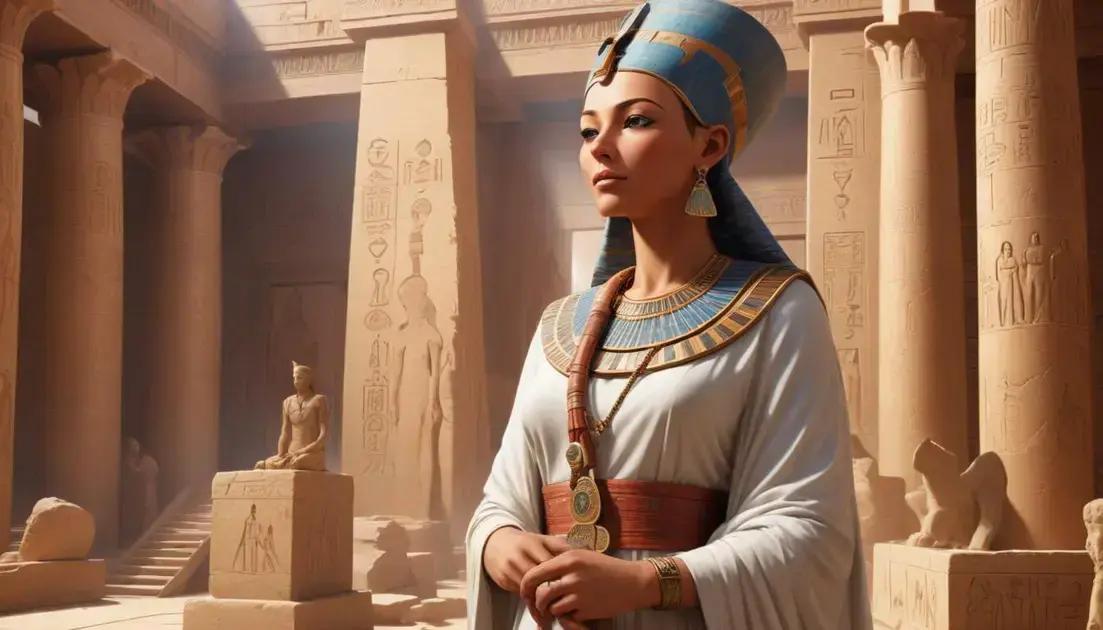
The History of Ancient Egypt’s Gods and Religion
The captivating allure of ancient Egypt continues to resonate through millennia, captivating imaginations with its rich history, intricate art, and complex religious beliefs. At the heart of this ancient civilization lies a vibrant pantheon of gods and goddesses, whose influence permeated every aspect of Egyptian life, from the pharaoh’s divine authority to the everyday rituals of commoners. This exploration delves into the history, symbolism, societal impact, and enduring legacy of the Egyptian gods and their profound religious system.
I. The Genesis of a Pantheon: Early Egyptian Deities
The earliest forms of Egyptian religion emerged during the Predynastic Period (circa 6000-3100 BCE), a time of nascent settlements and the gradual development of a cohesive culture. This era witnessed the genesis of a pantheon, initially centered around deities representing natural forces. The landscape itself served as a powerful source of inspiration, shaping the beliefs and practices of early Egyptians. The life-giving Nile River, the cyclical sun, and the starlit sky all became imbued with divine attributes.
While precise details remain shrouded in the mists of prehistory, archaeological discoveries and interpretations of early iconography offer glimpses into these foundational deities. Animalistic representations are prevalent, signifying a connection between the divine and the natural world. The bull, the falcon, and the cow, among others, became symbolic representations of powerful deities, reflecting the importance of animals in daily life and the interconnectedness of the physical and spiritual realms.
The absence of extensive written records from this period leaves room for scholarly debate and interpretation. However, evidence suggests a gradual evolution of religious beliefs, moving from localized, animistic spirits associated with specific places or natural phenomena to more formalized deities with distinct roles and attributes within a developing cosmic order. This transition laid the groundwork for the sophisticated religious system that would characterize later periods of ancient Egyptian history. The development of hieroglyphics marked a pivotal moment, enabling the recording and transmission of religious beliefs, myths, and rituals, facilitating the evolution of a more structured and complex pantheon.
II. The Rise of Powerful Deities: The Old Kingdom and Beyond
The Old Kingdom (circa 2686-2181 BCE) witnessed the consolidation of political power under the pharaohs and the concomitant development of a more elaborate and hierarchical pantheon. The sun god Ra emerged as a dominant figure, his daily journey across the sky mirroring the cyclical nature of life and death. Ra’s power was absolute, embodying the creative force of the universe and symbolizing the pharaoh’s own divine authority. Temples dedicated to Ra, monumental structures built to honor and appease the sun god, became centers of religious activity and symbols of the pharaoh’s dominion.
The Old Kingdom also saw the rise of Osiris, god of the underworld and judge of the dead, and Isis, his devoted wife and powerful goddess of magic and motherhood. Their intertwined mythos played a central role in shaping Egyptian beliefs about the afterlife. Osiris’s death and resurrection became a powerful symbol of rebirth and renewal, offering solace and hope to the living and a path to eternal life for the deceased. The cult of Osiris gained immense popularity, with grand temples and elaborate rituals dedicated to his memory.
Other significant deities of this period included Horus, the falcon-headed god of kingship, protector of the pharaoh, and heir to Osiris, and Anubis, the jackal-headed god associated with mummification and the safe passage of the dead into the afterlife. These deities, along with others like Seth (god of chaos and the desert), Thoth (god of writing and wisdom), and Nephthys (goddess of mourning), formed a core group of powerful deities whose influence would shape Egyptian religion for centuries.
III. The Middle and New Kingdoms: Expanding the Pantheon and Regional Cults
The Middle Kingdom (circa 2055-1650 BCE) and the New Kingdom (circa 1550-1069 BCE) witnessed further development and diversification of the Egyptian pantheon. While the major gods maintained their prominence, regional cults and local deities gained prominence, enriching the religious landscape and demonstrating the adaptability of Egyptian religious beliefs. This period also saw the rise of new deities or the elevation of existing ones to greater prominence.
Amun, originally a local deity of Thebes, rose to become the supreme god of the New Kingdom, often syncretized with Ra as Amun-Ra. His cult centered around magnificent temples at Karnak and Luxor, reflecting his growing influence and the power of the Theban rulers. The worship of Amun-Ra became a powerful unifying force, reflecting the centralized authority of the New Kingdom pharaohs.
This era also witnessed the continuing importance of funerary cults, with the Book of the Dead becoming a crucial text guiding the deceased through the perilous journey into the afterlife. The elaborate burial rituals, the construction of magnificent tombs, and the inclusion of funerary texts all highlight the centrality of beliefs about the afterlife in Egyptian society. The belief in an afterlife, with the possibility of eternal life and divine judgment, provided comfort and meaning to the lives of the ancient Egyptians.
IV. The Role of Gods in Daily Life: Rituals, Offerings, and Temples
The Egyptian gods were not simply distant, abstract entities; they were actively involved in the daily lives of the people. Rituals, offerings, and temples played a pivotal role in maintaining a harmonious relationship between the gods and the mortal world. Temples served as the earthly residences of the gods, lavishly decorated and designed to reflect their power and glory.
Priests, carefully trained and organized in a hierarchical structure, performed elaborate rituals designed to honor and appease the gods. These rituals, often involving elaborate ceremonies, music, and offerings of food, drink, and incense, were believed to maintain cosmic order and secure the favor of the deities. The pharaoh, as a divine intermediary, held a central role in these rituals, reinforcing his authority and connection to the divine realm.
Daily life was infused with religious practices. People made offerings to household gods and sought their protection and guidance. Amulets and other religious objects were worn as talismans, providing a tangible link to the divine and offering protection from harm. The pervasiveness of religion in daily life reflects its profound influence on the lives and beliefs of the ancient Egyptians.
V. Art, Literature, and the Depiction of the Divine:
Ancient Egyptian art and literature served not only as forms of artistic expression but also as powerful tools for communicating religious beliefs and expressing piety. The depiction of gods in art was highly stylized, using symbolic iconography to convey their attributes and power. Hierarchical scale emphasized the relative importance of different deities within the pantheon.
The construction of temples, tombs, and other monumental structures served as physical manifestations of religious beliefs and served as locations for rituals and worship. The meticulous craftsmanship and elaborate decoration of these structures reflected the reverence and importance given to the gods and the pharaohs.
Literary works, such as the Pyramid Texts, the Coffin Texts, and the Book of the Dead, provide valuable insights into Egyptian mythology, funerary rituals, and beliefs about the afterlife. These texts, often inscribed on tomb walls and papyrus scrolls, offered spells, prayers, and hymns designed to guide the deceased through the perilous journey into the underworld and secure their passage to eternal life.
VI. The Decline and Legacy of the Egyptian Pantheon:
The gradual decline of traditional Egyptian religion began with the rise of Christianity in the late Roman period. The Roman emperors, increasingly influenced by Christianity, began to suppress traditional pagan practices, leading to the closure of temples and the persecution of priests. The conversion of Egypt to Christianity marked a turning point, leading to the eventual abandonment of traditional religious practices.
However, the legacy of ancient Egyptian gods and religion endures. Their mythology, symbols, and rituals continue to inspire awe and fascination. The surviving temples, tombs, and artifacts stand as testaments to the richness and complexity of this ancient culture. Their influence can be seen in later religions, art, and literature, demonstrating the lasting impact of ancient Egyptian beliefs on the course of human history.
The study of ancient Egyptian religion remains a vibrant field of academic inquiry. Archaeological discoveries, textual analysis, and ongoing research continue to shed light on the complexities of ancient Egyptian religious practices and beliefs, deepening our understanding of this remarkable civilization. The gods and religion of ancient Egypt continue to inspire and intrigue, reminding us of the enduring power of human belief and the rich tapestry of cultural heritage.


